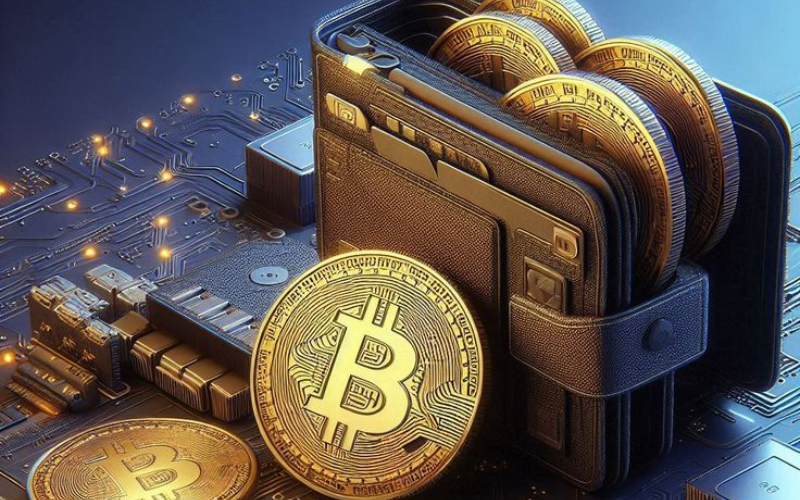Virtual currency isn't just digital cash. It's a whole new financial systemthat challenges everything we know about money. People argue about its value but few understand how it works. Let's break down why Virtual Currency matters and why governments are still confused.

Virtual currency exists only online. Unlike dollars or euros printed by central banks, these digital tokens have no physical form. Bitcoin created in 2009 remains the most famous example. Its value comes from what people agree it's worth. When more people use it, its price goes up. When fewer do, it drops. This makes it different from government-backed money that keeps its value through laws and regulations.
People use virtual currency for two main reasons. First, they want financial freedom. Imagine sending money to someone in another country without paying $10 in fees. That's possible with cryptocurrencies. Second, some believe it will replace traditional banks. But remember 2022 when Bitcoin lost 60% of its value in a month? That shows how unstable it still is.
Common questions about virtual currency often reveal deeper misunderstandings. Why can't governments just ban it? Because technology makes it hard to control. How do you protect your coins from theft? Use secure wallets and never share your private keys. What happens if the internet goes down? Most systems still work because they're decentralized.

Some people think virtual currency is illegal. In reality, over 100 countries allow it for trading but restrict using it as legal tender. The U.S. treats it like property, not money. This creates problems. If you buy Bitcoin to sell products, you might get audited if your income exceeds $10,000. But if you hold it, the IRS doesn't care until you sell.
Real-world examples show its potential and risks. In 2021, El Salvador made Bitcoin legal tender. Within a year, their economy grew 13% but inflation hit 70%. Meanwhile, Nigerian students created a Bitcoin-based app to pay for university fees, cutting costs by 40%. These cases prove virtual currency works but needs proper management.
Technical details matter more than most people realize. Blockchain technology powers virtual currency. It's like a digital ledger where every transaction is recorded across thousands of computers. This prevents fraud but also makes transactions slow. Bitcoin processes only 7 transactions per second compared to Visa's 2,400. That's why you can't buy a coffee with Bitcoin yet.
Virtual currency creates new opportunities for investors. In 2020, early Bitcoin adopters who held through the crash made 1,000% returns. But remember the 2017 bubble? Prices jumped from $1,000 to $19,000 in 10 months then dropped 80%. This volatility means you need special skills to trade successfully.
Governments are struggling to keep up. The U.S. created a new crypto regulatory body in 2022. China banned all crypto transactions in 2021 but people still trade through VPNs. The EU requires crypto exchanges to report every transaction over $10,000. These efforts show how important virtual currency is becoming.

Some people think virtual currency will disappear. Why? Because it's too risky and unregulated. But look at stablecoins like USDT. They're tied to the dollar and handle 200 million transactions daily. This shows demand remains strong even if Bitcoin fluctuates. The real question is whether governments will control it or let it evolve naturally.
In conclusion, virtual currency is more than a passing trend. It represents a shift from centralized financial systems to decentralized ones. While it creates opportunities for innovation, it also brings risks that need careful management. The future depends on how well we balance technology with regulation. Remember, no financial system is perfect, but virtual currency challenges us to think differently about money.